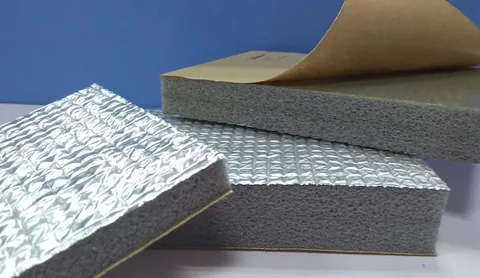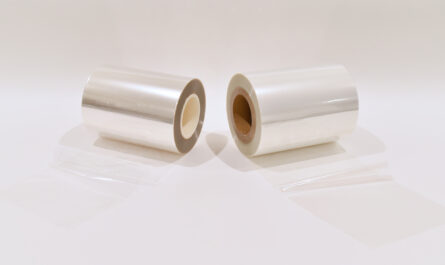With rising energy costs and increasing focus on sustainability, thermal insulation has become more important than ever before in buildings and industrial facilities. Proper insulation allows users to reduce energy consumption for heating and cooling while staying comfortable.
Fiberglass Insulation
Fiberglass insulation remains one of the most widely used Thermal Insulation Materials due to its availability and affordability. It is made from very thin fibers of glass that are spun and matted into batts or rolls. Fiberglass insulation works by trapping small pockets of air between the glass fibers. These pockets of entrapped air slow down the transfer of heat, providing effective thermal insulation.
Some key properties of fiberglass insulation include:
– Lightweight yet effective insulation
– Resistant to moisture and rot
– Durable for long lifespan
– Excellent sound insulation
– Affordable pricing
Due to these properties, fiberglass insulation is commonly used in attics, walls and other areas of residential and commercial buildings. It is available in different thickness to suit various insulation needs. While it is very effective, fiberglass insulation can be itchy and irritating if handled without protective gear.
Mineral Wool Insulation
Mineral wool insulation is manufactured by spinning molten rock or slag into fine fibers. It has thermal properties similar to fiberglass but is denser. Some common types of mineral wool used for insulation include stone wool and slag wool.
Properties of mineral wool that make it suitable for insulation:
– Highly effective thermal resistance
– Excellent acoustical insulation
– Durable in fire
– Resistant to moisture and rot
– Maintains insulation qualities over long periods
Areas where mineral wool insulation is frequently used include industrial and commercial buildings due to its durability. It is also used for fire resistance applications such as fire-rated walls and doors. Mineral wool comes as boards, batts and loose-fill form for different insulation needs.
Cellulose Insulation
Cellulose insulation is made from recycled newspaper or other cellulose-based waste materials. It is treated with borate salt for fire resistance. When installed properly in walls and attics, cellulose insulation can match or surpass the R-value of fiberglass. Some distinguishing features of cellulose insulation include:
– Made from recycled materials, eco-friendly
– Highly effective thermal resistance
– Cost-effective option compared to fiberglass or mineral wool
– Easy and affordable installation
– Mold resistant
– Acoustically absorptive properties
Areas where cellulose insulation works well include attics, walls and other areas of residential buildings. Some limitations are that it must be kept dry during and after installation to maintain effectiveness. Proper dense packing is also required for best insulation performance.
Spray Polyurethane Foam Insulation
Spray polyurethane foam (SPF) insulation involves spraying a liquid mixture of polyol and isocyanate that reacts and expands, filling wall cavities or other gaps. It then sets into a rigid foam that provides thermal and air barrier. Some key attributes of SPF insulation are:
– Seals and insulates in one step, forms an airtight seal
– Has highest R-value per inch of all common insulation materials
– Acts as vapor barrier and prevents moisture issues
– Adheres to most surfaces without additional support
– Fills gaps and voids better than other insulations
– Often cost-effective when factoring air sealing benefits
SPF insulation is suitable for new construction projects as well as retrofitting older homes. It is used often in attics, walls, crawl spaces, basements and other hard to reach areas. While it has clear advantages, higher cost is a limitation compared to other insulation options.
Wool Insulation
Wool insulation such as sheep’s wool provides thermal and acoustical benefits. Sheep’s wool has microscopic crimps and air pockets that trap air, slowing heat conduction. Some notable properties are:
– Highly moisture absorbent and breathable
– Excellent insulation performance considering density
– Also provides acoustical insulation against noise
– Hypoallergenic and dust-mite resistant
– Environmentally sustainable option using natural fibers
Wool insulation works well for homes wanting a truly natural option. It is used commonly in walls, attics and between floors. Like all natural fibers, wool requires careful handling and may be more expensive than some synthetic options.
Insulation Choices and Considerations
No single insulation material is best for all applications – key factors to consider include project type, areas to insulate, budget, code requirements, and preference for sustainable/natural materials. Proper installation is also critical for any insulation to provide maximum rated thermal resistance over its lifetime. With diverse options available, choosing insulation suited to the specific needs helps realize optimum energy savings and indoor comfort.
*Note:
1. Source: Coherent Market Insights, Public sources, Desk research
2. We have leveraged AI tools to mine information and compile it




